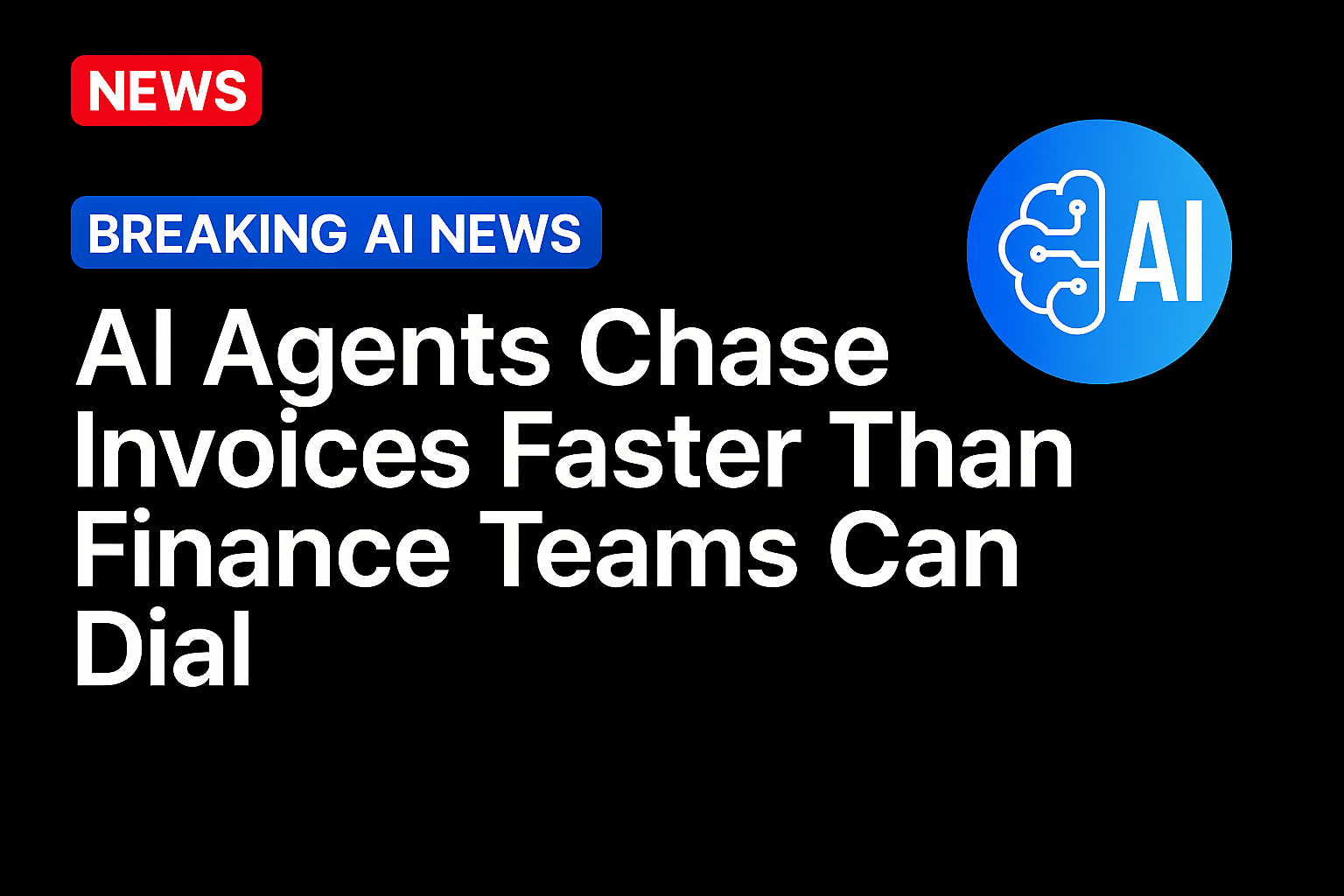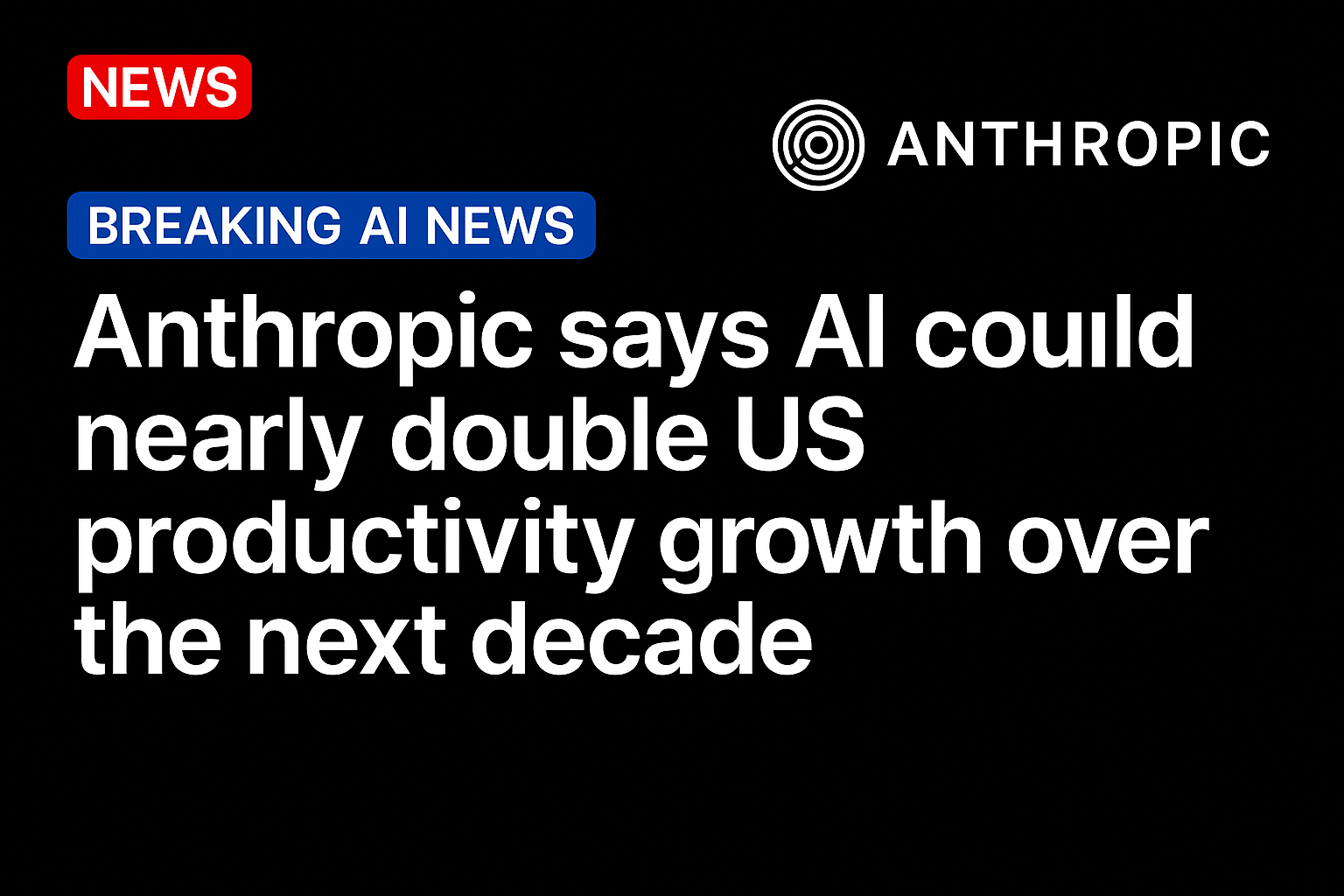For collections teams, chasing overdue invoices is often defined by friction.
It’s a constant back-and-forth of phone calls, emails and research before outreach. That manual grind not only drains productivity but also strains customer relationships.
Dave Ruda, vice president of product at Billtrust, said agentic artificial intelligence is poised to change that dynamic by bringing structure, prediction and scale to the way businesses manage aging accounts.
“If you’re just looking at aging buckets of invoices and working top-down from highest value to lowest, that’s only a snapshot of a single customer at a single moment,” Ruda told PYMNTS. “You still have to go and do all the research before you do outreach. That should be completely automated.”
From Baseball Cards to Data Clusters
Ruda likened the first step in collections modernization to assembling a baseball card collection. Each customer has a statistical profile that can be built over time from ERP data. Once structured, that information enables AI to identify clusters of customers with similar spending patterns or risk profiles.
“The agents come in once you have structured data to be able to find patterns and correlation,” he said. “Then you know ‘who,’ and then you can start to say ‘how and when’” to reach out to them.
Advertisement: Scroll to Continue
This ability to segment and prioritize accounts helps teams move beyond blanket outreach and instead target the right accounts at the right time, he said.
Scaling the Human Element
Agentic AI is about scaling the human part of collections, Ruda said. Collectors spend most of their time in email and on the phone, repetitive motions that mimic sales strategies but with the goal of getting invoices paid. Agentic systems extend that reach.
“That’s the biggest opportunity to advance with technology and supercharge what their reach can be,” Ruda said.
In other words, AI augments staff rather than replacing them, handling rote motions so that collectors can focus on higher-value conversations.
When it comes to measuring success, traditional business outcomes and rigorous testing of AI predictions are important, Ruda said.
“It’s a before-and-after story,” he said. “There’s dates to payment, DSO questions, effectiveness index, your total outstanding debt, your average delinquency. Those are all the levers you would have with or without agentic AI. Then you implement the capabilities and see if you’re moving the needle.”
Behind the scenes, Billtrust builds testing protocols into its models to ensure predictions are accurate and grounded. AI must consider positive, negative and neutral cases, and avoid drifting into unreliable outputs.
Improving Disputes and Resolution
Disputes are another pain point where agentic AI can bring consistency and speed. While Billtrust is still rolling out full capabilities, the path forward is to use data to predict and prevent disputes before they happen, Ruda said.
“If you have that data, you can get ahead of the dispute,” he said. “We can create agents to … get ahead of it so that when [finance teams] log in that day for work, we’ve already figured out which disputes can be easily resolved, and which cannot.”
The payoff is faster resolution and preserved customer relationships, which are outcomes that manual workflows struggle to deliver.
Credit and Collections on a Shared Backbone
Agentic AI also brings credit review and collections closer together. By analyzing payment consistency, credit limits and replenishment needs, the technology enables finance teams to turn collections into a profit-driving function.
“If you take that formulaic approach and apply it toward a predictive, ‘Hey, you should actually move John from a $100,000 to $150,000 credit line,’ that’s when the finance office becomes a profit center,” Ruda said.
Inside Billtrust’s AI Models
Billtrust builds on foundational large language models but adapts them with specialized data strategies to fit the collections use case. Examples include advances in retrieval-augmented generation (RAG) and contextual augmented generation (CAG) models, along with MCP servers, or standardized protocols that allow AI to connect directly to structured databases, he said. These technologies give agentic AI a more reliable grounding in customer-specific data rather than relying on generic responses.
“We say to the AI, ‘I want you to skim this database, and here’s all the coaching language you need,’” he said. “When we test these things, we see 95% accuracy.”
The approach is designed to reduce hallucinations and keep outputs consistent with real account data, he said. Every recommendation, from suggesting which invoices to pursue to drafting an outreach email, is tied back to the data the finance team already owns.
Human feedback loops remain integral. If a user edits an AI-generated collections email, Billtrust captures the difference between the original output and the revised version and then aggregates those adjustments to retrain the model. Over time, the AI learns which tones, structures and phrasings work best.
“That’s how we’re able to evolve the language,” Ruda said. “Our customers say, ‘It sounds like me now,’ which is important because you don’t want a fully robotic voice in collections.”
By pairing technical rigor with human oversight, Billtrust ensures the AI not only improves accuracy but also maintains the human character that is vital in sensitive customer interactions, he said.
Governance, Privacy and Next Steps
Billtrust keeps customer data contained within its own systems, with SOC 2 compliance and full auditability. Every AI action is logged and visible to clients. Upcoming features include tools that stage outreach frequency and modality, allowing finance teams to test whether payment reminders are more effective by email, phone or other channels, Ruda said.
“We’re actually coming out with one that’s going to stage the frequency and the modality of outreach in collections,” he said. “It’s going to be really cool.”
Looking further ahead, Ruda said he sees 2026 as a turning point for standardizing dispute resolution as more fragmented data sources are unified. For now, agentic AI is a path toward giving finance teams modern tools to transform collections from a manual grind into a strategic driver of customer trust and business growth.
Source: https://www.pymnts.com/




